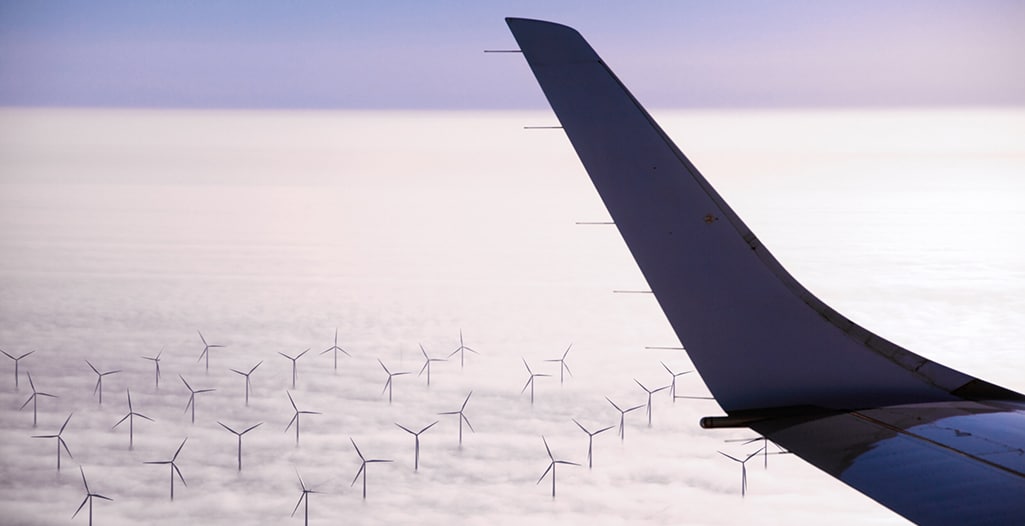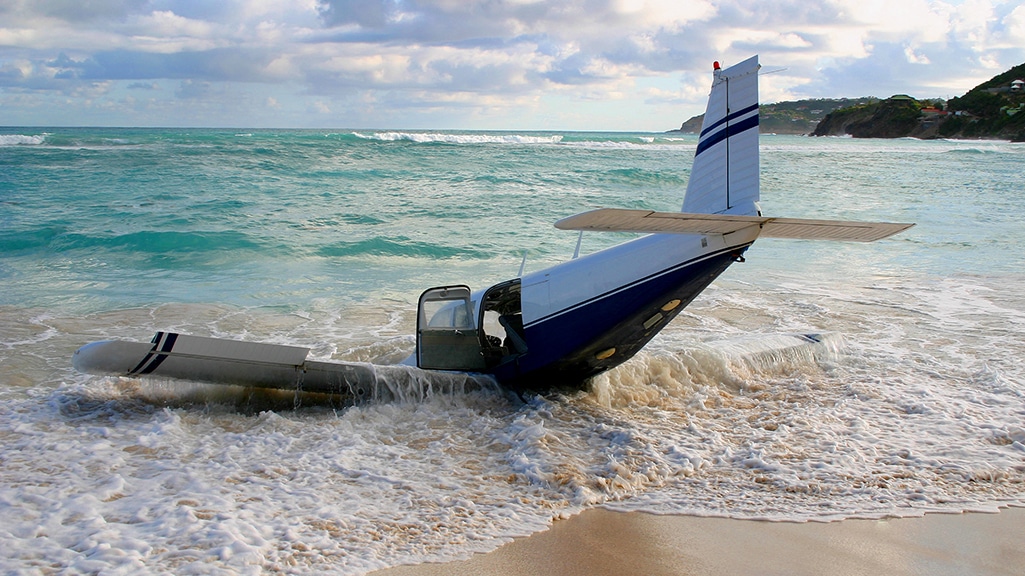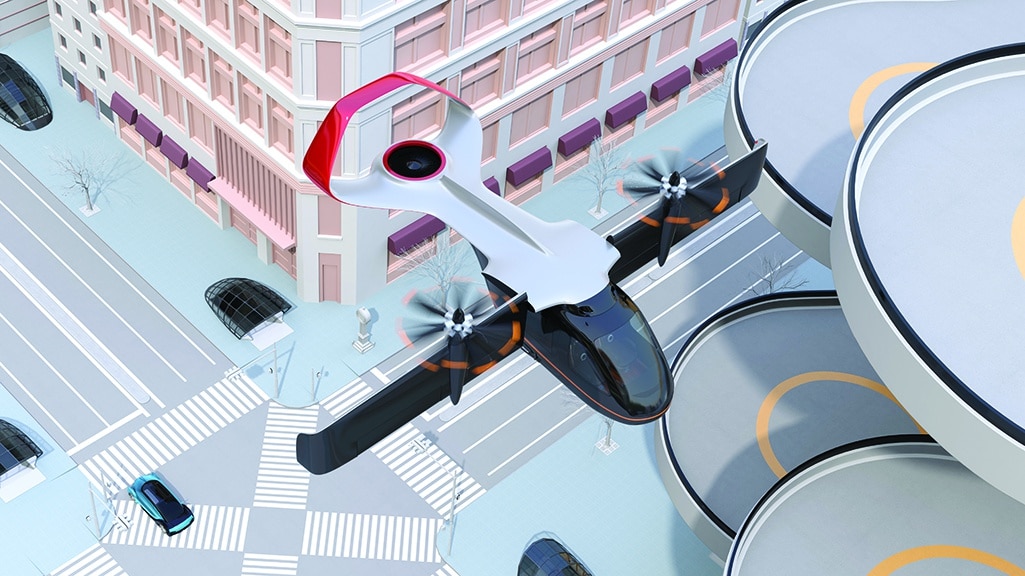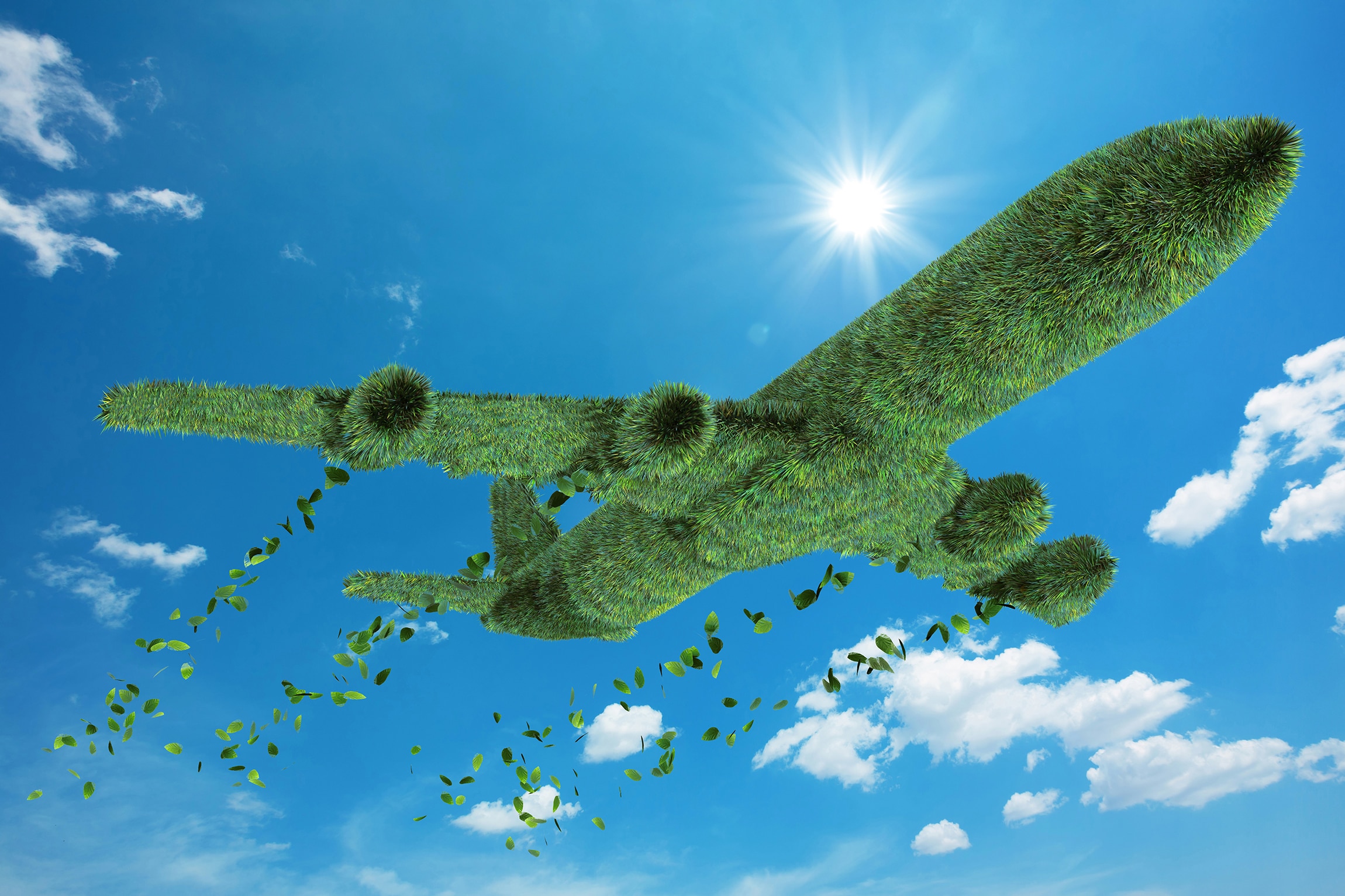In an era marked by increasing environmental consciousness and the imperative to mitigate climate change, the aviation industry finds itself in a rapidly evolving regulatory environment. Business aviation, in particular, has been subject to a wave of new policies and regulations focused on the environmental impact of the industry.
Category: Sustainability
Aviation Sustainability & Emissions Compliance
Five years ago, there were two emissions schemes that required compliance by aircraft operators. Now there are five, and more are on the way. Emissions compliance is getting increasingly complicated for international operators and is likely to continue to do so.
Sustainability Advances in the Aviation Industry
Aviation is both a vital industry and one that has a significant impact on the environment. Concerned parties—from government regulators to aviation companies to private citizens—are increasingly pushing for advances in sustainability.
Sustainable Practices in Claims Management
The processes for adjusting and managing aircraft insurance claims have not changed significantly in recent decades. Depending on the extent of the damage, most hull claims have typically involved an adjuster being on site within a few days of an accident to assess the damage and plan for necessary repairs. However, in a world in which we are increasingly time- and cost-sensitive, as well as environmentally conscious, change is afoot.
Sustainability/Urban Air Mobility Update: eVTOL and Its Place in a Sustainable Aviation Ecosystem
An industry driven by innovation and advancement stands on the precipice of transformation, with two different but complementary elements at play. The first is the development and adoption of cleaner fuels for existing aircraft and less carbon-intense ways of managing the existing aerospace infrastructure.
The Journey to Net Zero: Carbon Offsetting
In the past two years, there has been a seismic shift in how individuals and companies think about their impact on the environment. It is widely accepted that movement toward a low-carbon world, as quickly as possible, is of critical importance. This cannot happen overnight. For most industries, including aviation, this is an enormous challenge.
Ensuring a Sustainable Future for Aviation
OEMs are working to deliver more fuel-efficient airframes and engines to airlines who are, in turn, pushing to reduce cost and increase operational efficiency. This is being achieved in three primary ways. Firstly, through aerodynamic design changes to aircraft and engines. Secondly, using lighter materials and innovative processes in manufacturing of both airframe and interior components and finally, by developing the use of alternative fuels.







